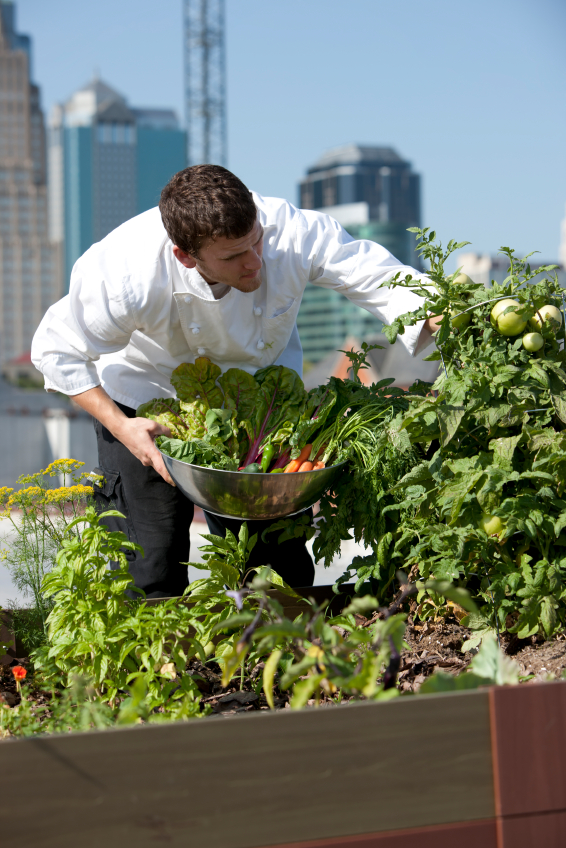View of the Anthropocene. In this case, Dubai in the United Arab Emirates. Image: NASA Earth Observatory
THE ANTHROPOCENE
One year ago, I posted on how the proposal for a new geological epoch, the Anthropocene, got its start:
Paul Crutzen coined the term “anthropocene” while attending a scientific conference. When the chairman kept using the term Holocene to describe the current epoch, Crutzen exclaimed “'Let's stop it, we are no longer in the Holocene. We are in the Anthropocene.'"
Although the epoch has not been formally approved, it is catching attention. Time magazine has just named it one of their 10 Ideas That Are Changing Your Life. I picked up an issue, flipped to the article and was nonplussed to read the title: Nature is Over. What led the author, Bryan Walsh, to take this disturbing view?
Human activity now shapes the earth more than any other independent geologic or climatic factor.
True. This essentially is the definition of the Anthropocene, also known as the Age of Man or the Age of Humankind. Walsh quotes Crutzen:
Human dominance of biological, chemical, and geological processes on Earth is already an undeniable reality. It is no longer us against 'Nature.' Instead, it's we who decide what nature is and what it will be."
Walsh continues:
Humans have been changing the planet ever since the dawn of agriculture 10,000 years ago, when Homo sapiens began altering the land - and the plants and animals growing on it - rather than simply living on it as hunter and gatherers.
Is Walsh's conclusion, "There's no getting back to the Garden," correct? Should we even try? What is the role for nature in the relentless Anthropocene? Is environmentalist Stewart Brand correct: "We are as gods. And we have to get good at it?" Write and send your impressions.
PALEO DIET
As noted in a previous SUNDAY PALEO, Berlin, Germany was the first to have a Paleo restaurant. Soon, ‘Palæo’, a "24-hour takeaway," will be opening in Copenhagen, Denmark. The Danish menu is posted here. According to founder Thomas Rode Andersen:
"It's all about going back to something original, going back to what we are designed to eat and the way our bodies are designed to work..."
CBS Miami recently ran video segment titled Paleolithic Diet Gaining Modern Followers:
MODERN DISEASES
Although gluten-free is just one step toward Paleo, it is important to be informed on gluten allergy and gluten sensitivity. These disorders allows us to understand at least one of the mechanisms underlying the impact of grains on health. While gluten allergy is a verified medical disorder, there is still some debate on gluten sensitivity. However, the "evidence is mounting" as noted in the recently posted Wall Street Journal article New Guide to Who Really Shouldn't Eat Gluten:
Evidence is mounting that gluten sensitivity does exist. ... And in a study published last year, researchers in Australia showed in a double-blind, placebo-controlled trial that subjects with suspected gluten sensitivity had substantially fewer symptoms on a gluten-free diet than control subjects who unknowingly ingested gluten.
PALEO RECIPES
Related Posts

















